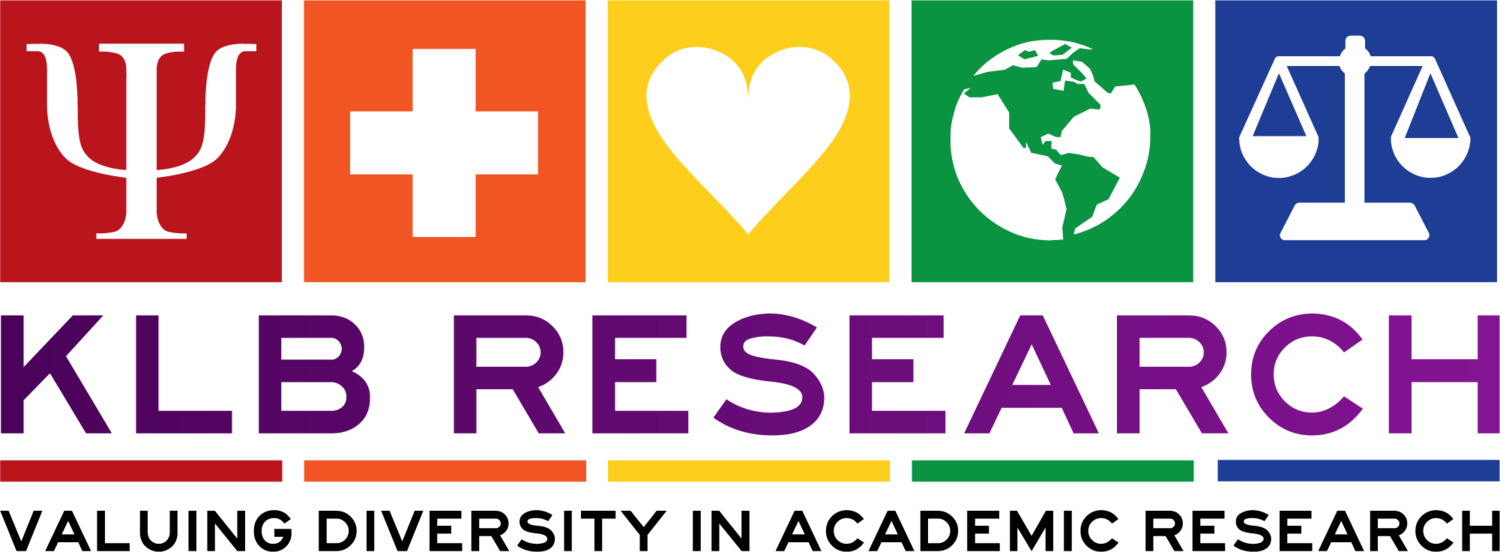We visited a number of places today, including the Memorial to the Murdered Jews of Europe, which sits prominently in the center of Berlin, very close to the Reichstag (German Parliament). Nearby we also visited the monument for the persecuted homosexuals as well as the monument for the Roma and Sinti. The day began, however, with a visit to a memorial about the T4 - Euthanasia program. This is an excellent place to start because it represents the Nazis’ first foray into organized, industrialized murder. For me, it is also meaningful as it represents how atrocities can be far reaching and show up in areas we may least expect. The T4 program, so named only because of the address of the building where it started, applied negative eugenics in an attempt to “purify” the German people by removing those who were considered less desirable. This largely meant individuals with mental and physical disabilities as well as individuals considered to be asocial (unwilling to conform to societal norms and expectations).
One of the aspects that was most interesting about visiting this memorial was learning about the actual evolution of the memorial itself. It began with an existing piece of art that was “repurposed” as a memorial, but provided no additional context or information. Later, a plaque was added that gave the facts, but no personal stories. Below you can see the group standing around this plaque. More recently, an educational aspect has been added that includes personal stories of both victims and perpetrators. Why the perpetrators? Doctors, nurses and psychologists were involved in the systematic murder of both adults and children with disabilities. Their stories are told not so that we can empathize with the perpetrators, but so that we can realize that certain positions or professions do not make us immune to participating in mass murder under the guise of “science.”
In Psyc 302 (History of Psychology) and Psyc 441 (Social Psychology of the Holocaust), we learn about the role that psychology, as a discipline, played in the promotion of eugenics. While many today associate Eugenics with Nazi Germany, in this case, the Nazis were taking their cues from North American medical professionals and psychologists. Sterilization programs also existed in Canada and the United States, before and after World War Two. The system never evolved to the same extent that it did in Nazi Germany, but it serves to show how these kinds of programs can be implemented incrementally, and indeed, there are published academic articles from the 1930s and 40s in which American psychologists debated with each other the extent to which Eugenics should be taken, and “euthanasia” was considered an “option” worthy of debate. Thus, beginning the study of the Holocaust by learning about the T4 Euthanasia program is an excellent way to understand how some of the ideas that the Nazis operated under were shared far beyond Germany.
The T4 program in Nazi Germany allowed them to “test out” different methods of killing, as well as methods of keeping victims calm during the process. Thus, the idea of using gas chambers designed to look like showers originated within the hospitals and care homes in which patients were euthanized (i.e., murdered). Furthermore, the program also allowed the officials to test the public response. With no large outcry from society, in a sense, this gave them the green light to go further with other populations in the future.
Our visit to Wannsee, the location where top Nazi officials met to “discuss” the “Final Solution” on January 20, 1942, demonstrated exactly the extent of the ultimate consequences of the T4 program. Having successfully killed people with disabilities using a variety of means, and also having successfully begun to murder Jewish populations throughout Europe, a group of Nazi officials met to discuss how to better “coordinate” their efforts in order to rid Europe of its Jewish population permanently. They discussed the various “challenges” each department faced. For example, those in charge of slave labour were concerned that if the Jewish people were killed, there would be no more slave labour available. This problem was solved by stating that other groups (e.g. Poles, Slavs) would be used after the Jewish population was gone. They discussed minute details, such as what to do with those who were only part Jewish or who were married to a gentile. They discussed the logistics, and the drawbacks of other methods, such as the psychological difficulties faced by soldiers participating in mass murders using bullets and open graves. Thus, while the murder of the Jewish people began long before January 1942, this meeting represents the beginning of the Nazi push to formally coordinate their efforts in seeking to murder every last living Jewish man woman and child on the European continent. In fact, not only did the Nazis have lists of Jewish populations across Europe, some documents have surfaced that suggest they also had rough estimate of how many Jewish people resided in non-European countries, including Canada.
What often strikes people about visiting Wannsee is that the location is majestic. It is in an upper class neighbourhood and Wannsee House is a mansion on a lake. Opposite the mansion is a public beach on the other side of the lake, and people often sail along the lake in the summer time. The interior of the mansion is beautiful, and the day of the meeting was like any other formal business meeting that you may get invited to by your work colleagues. There was an agenda, there were secretaries to take minutes, and breakfast was served after the discussion.
Track 17 & Topography of Terror
After we left Wannsee, we visited Track 17, a memorial to the deported Jews of Berlin. This track was a place where many of the Berlin Jews were deported from Germany. This was not a place where cattle cars arrived. Instead, the Jews were told a date and a time that they must show up at the station. Once there, they purchased their own tickets, and boarded regular passenger train cars. Despite the seemingly ‘normal’ appearance, the majority eventually died, either in a Ghetto, a concentration camp, or a death camp. Along the train tracks, each section presents a date of deportation along with the number of people deported and their destination. Common destinations included Terezin (outside of Prague) the Łódż Ghetto, and Auschwitz. What is most striking is that the deportations continue right up to the end of the war - even after D-Day. The numbers get smaller and smaller over time. While they were originally very large numbers, 1000 or more, by the end, sometimes only 18 people are being sent to their deaths. Essentially, the war was all but lost, it was just a matter of time - perhaps only weeks or months - and yet the Nazis were still hunting down Jewish people hiding in Berlin and ensuring that they were loaded onto trains destined for Auschwitz.
Later in the afternoon we also visited the Topography of Terror, which is located at the site of the former Gestapo headquarters. Outside of this building there is also a preserved section of the Berlin Wall. From a distance, you can look back and clearly see the architectural differences between East and West Berlin.
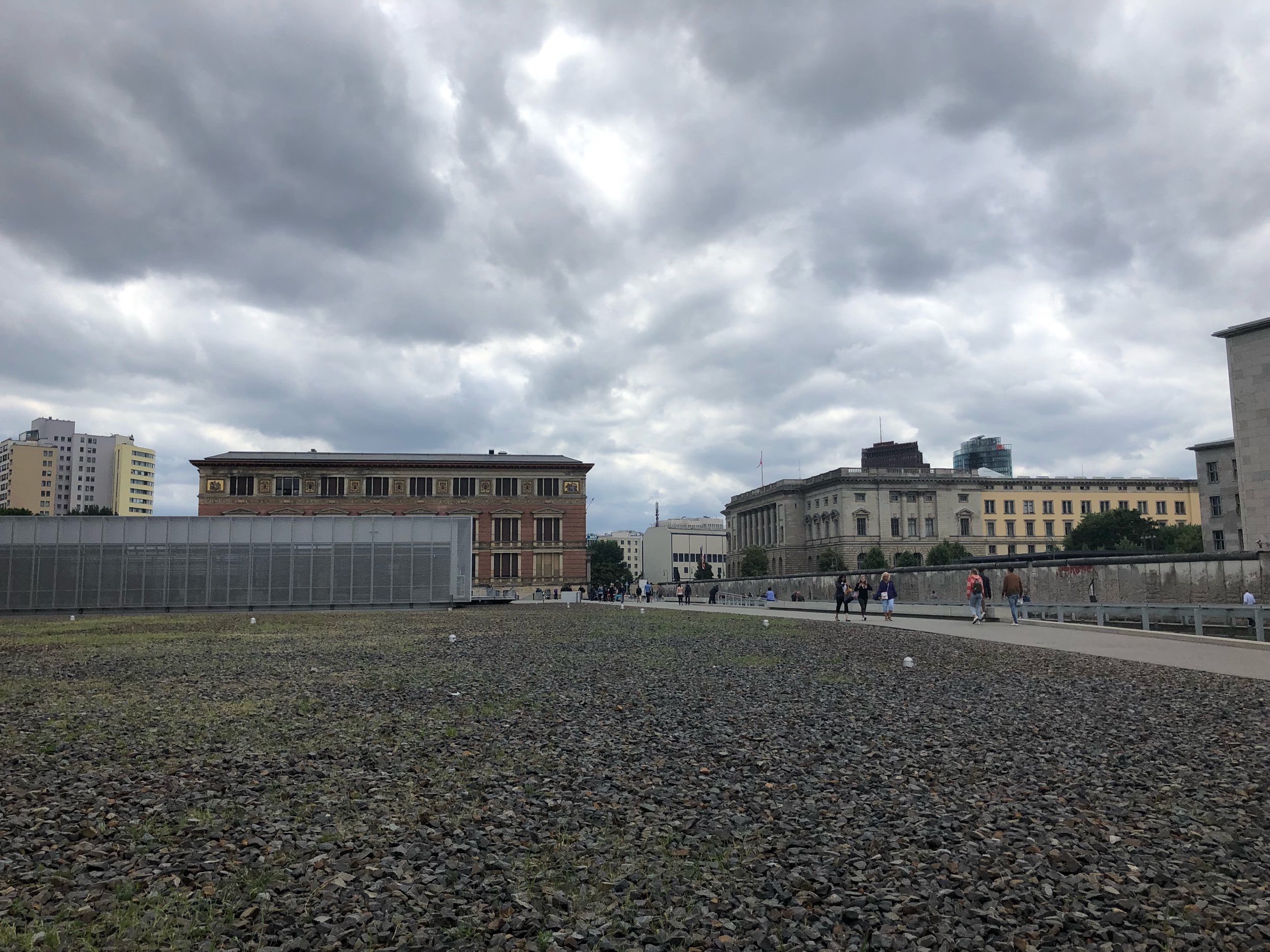
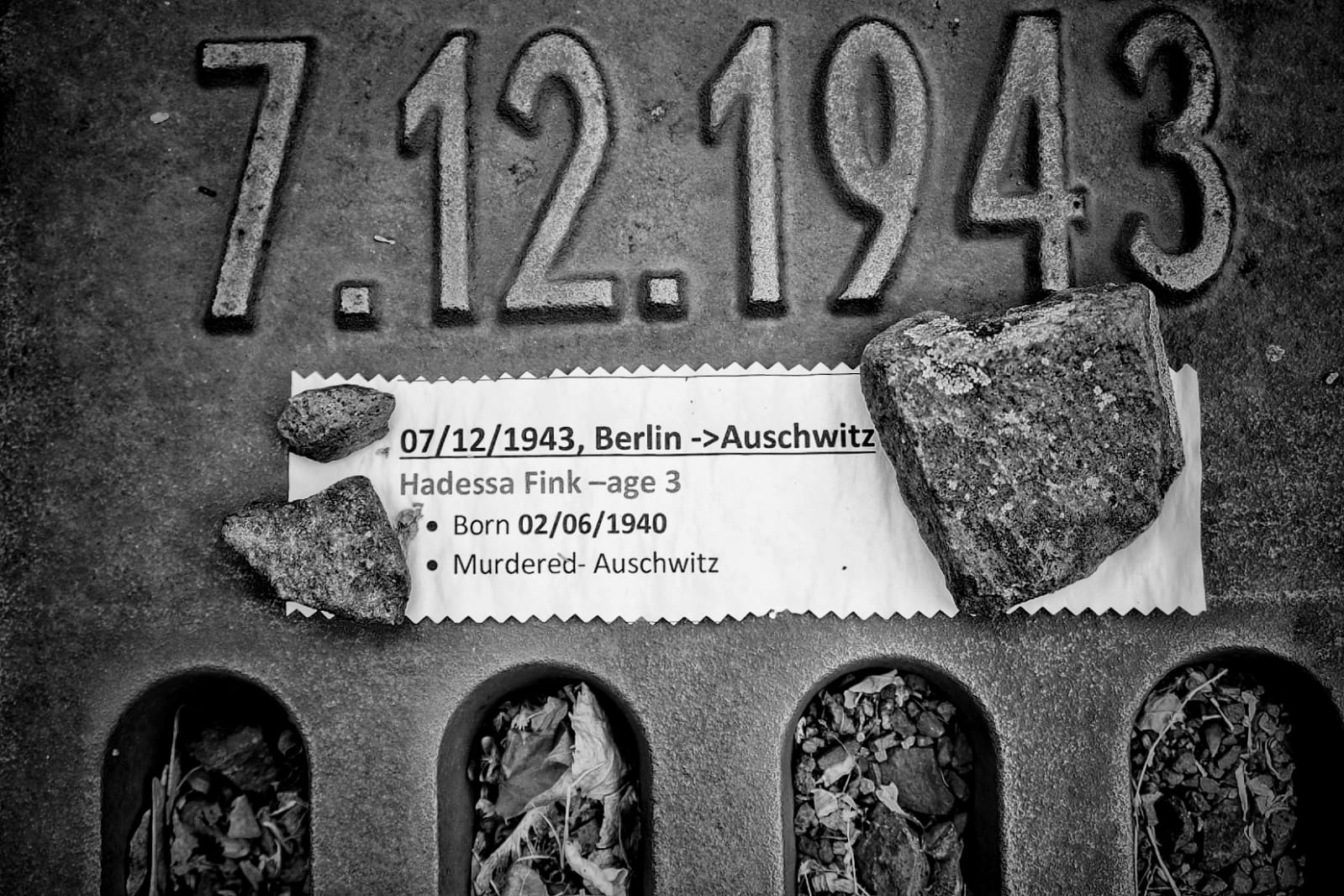
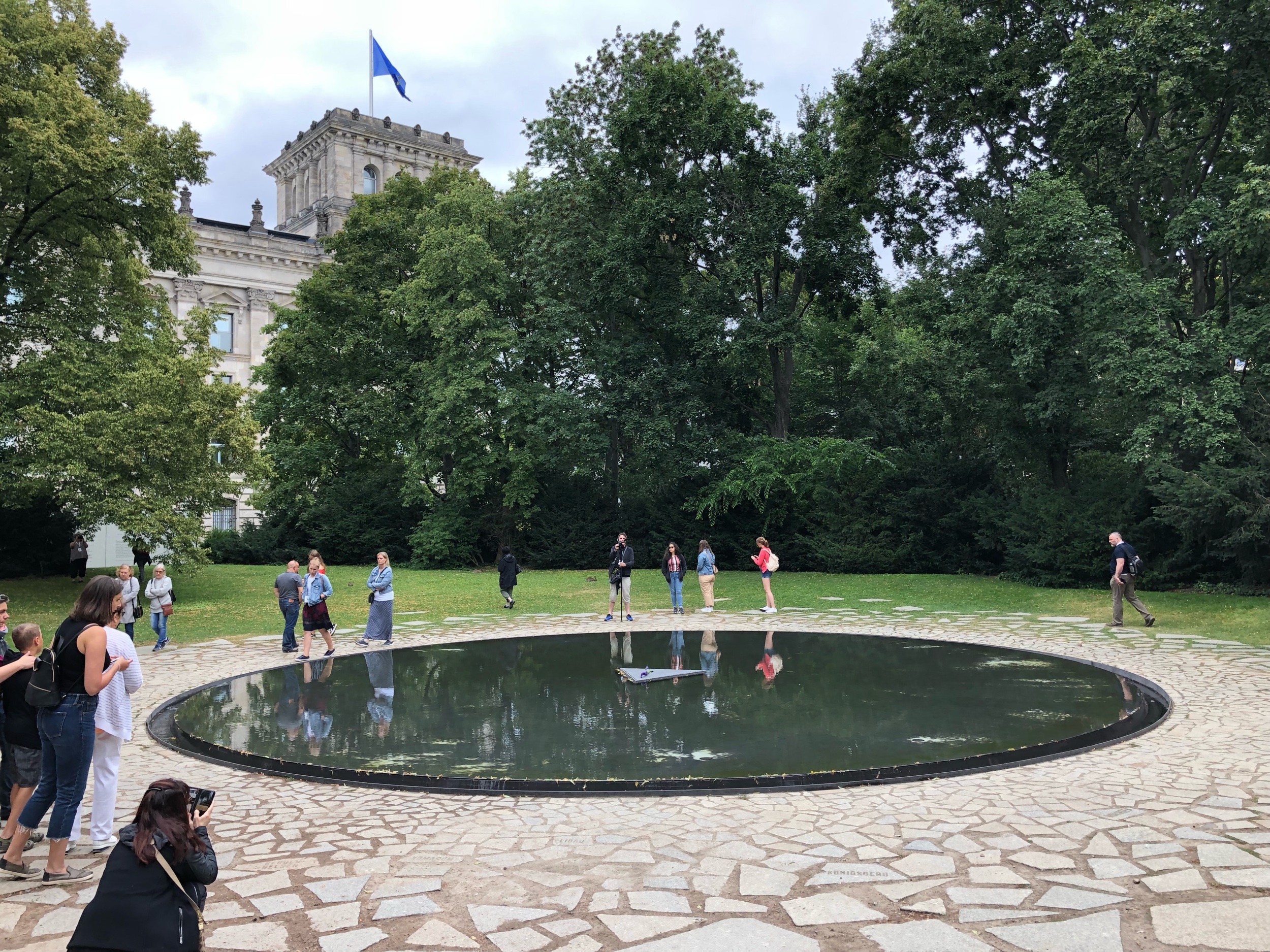
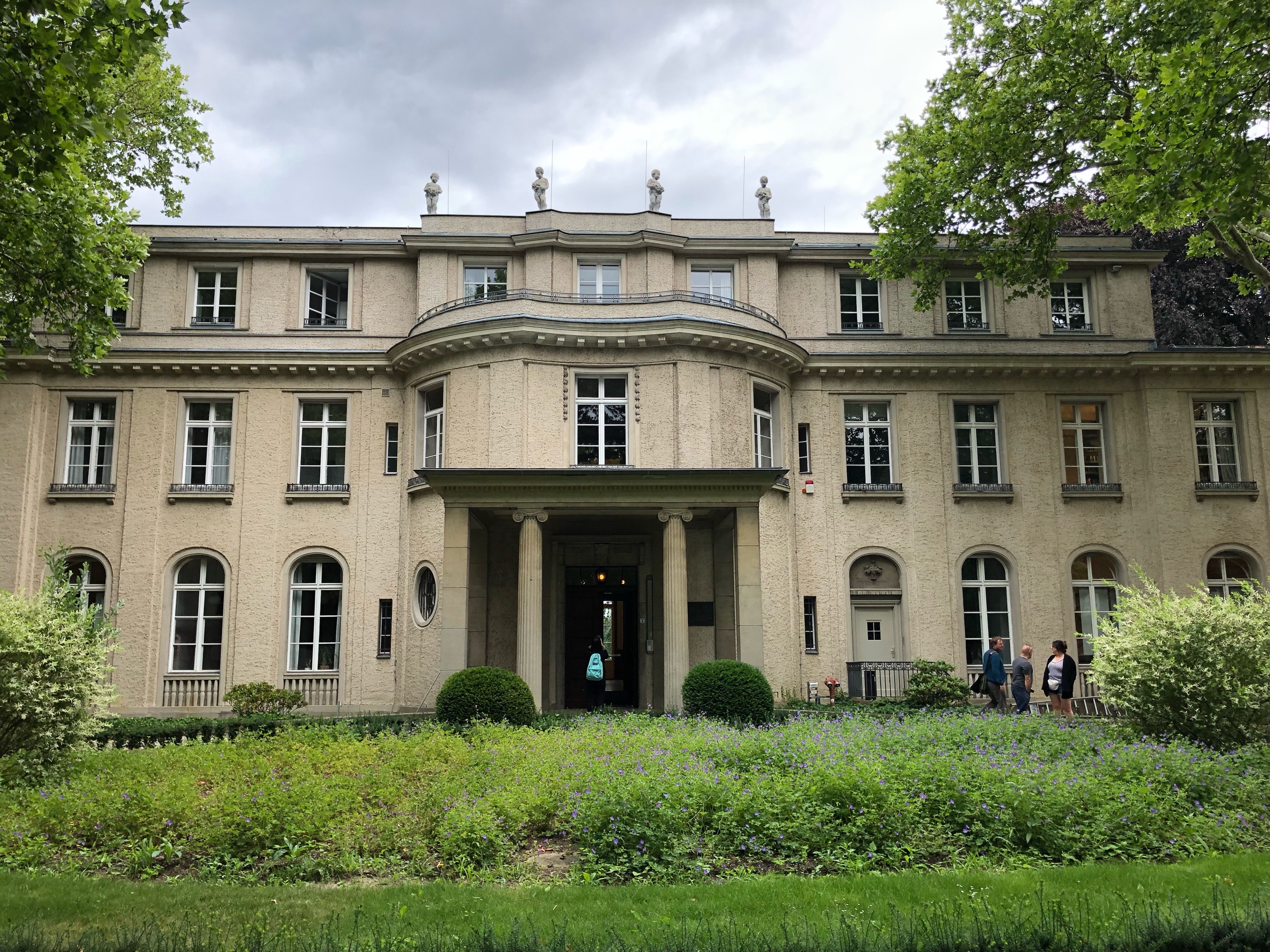
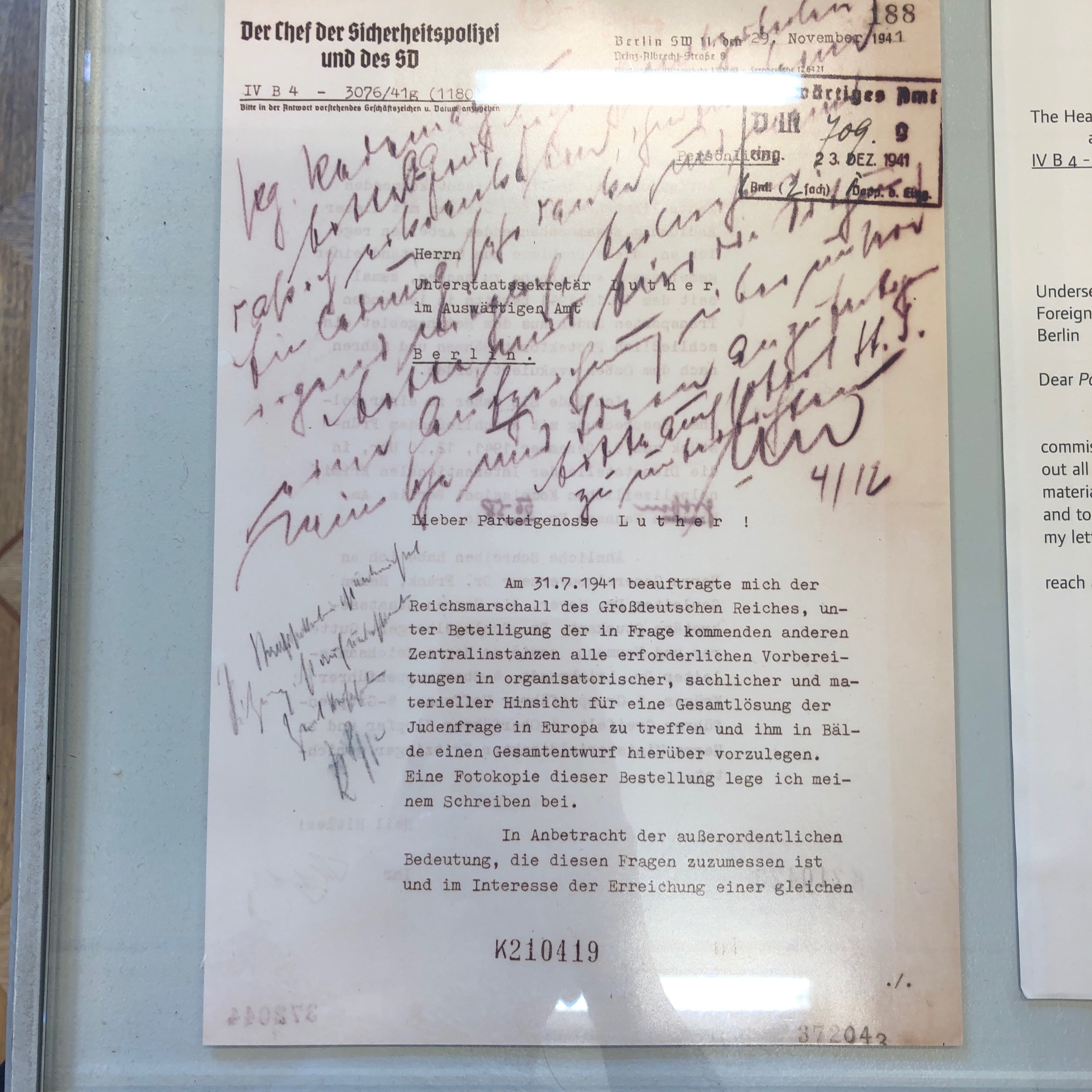
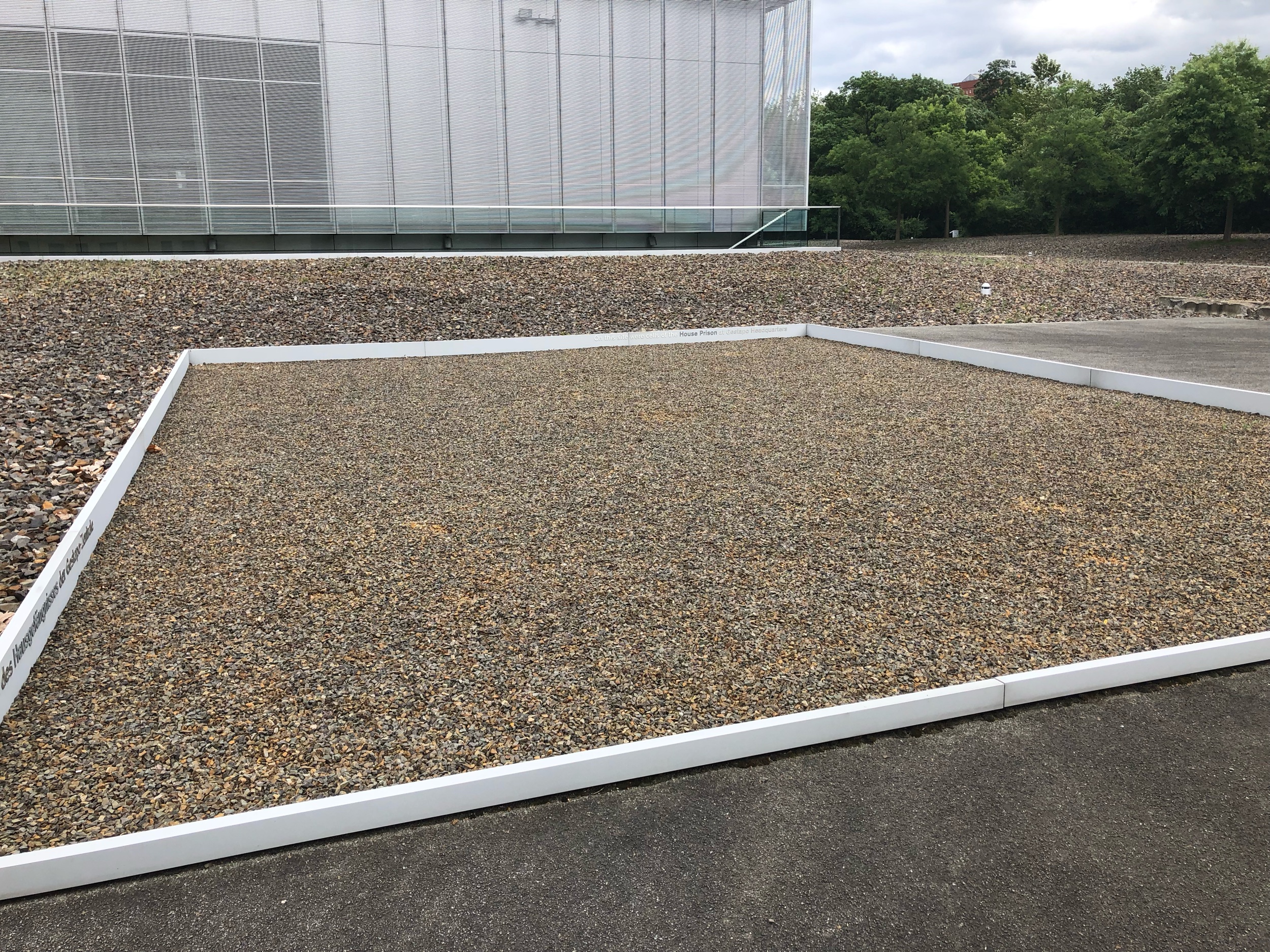
-
August 2020
- Aug 5, 2020 The Social Psychology of the Holocaust Podcast Aug 5, 2020
-
May 2020
- May 21, 2020 An Open Letter About Holocaust Education in Canadian Schools May 21, 2020
-
July 2019
- Jul 8, 2019 Treblinka Jul 8, 2019
- Jul 7, 2019 Łódź Memorial: Radegast Station Jul 7, 2019
- Jul 6, 2019 Berlin & Wannsee Jul 6, 2019
- Jul 5, 2019 Berlin & the Monument for Homosexual Persecution Jul 5, 2019
- Jul 4, 2019 Berlin Jul 4, 2019
- Jul 3, 2019 Meeting with Holocaust Survivors in Toronto Jul 3, 2019
- Jul 1, 2019 Canadian Society for Yad Vashem Leaders of Change Program Jul 1, 2019
-
December 2017
- Dec 2, 2017 How Taking A Course About the Holocaust Just Might Save A Life! Dec 2, 2017
